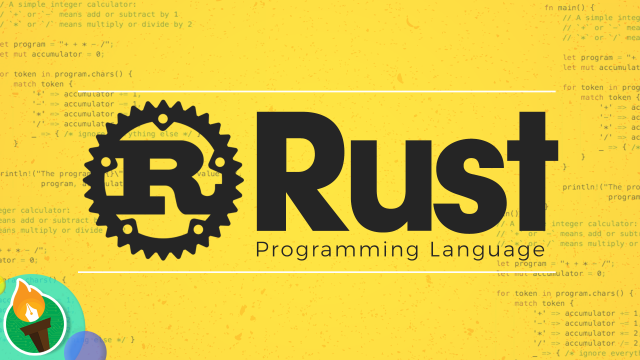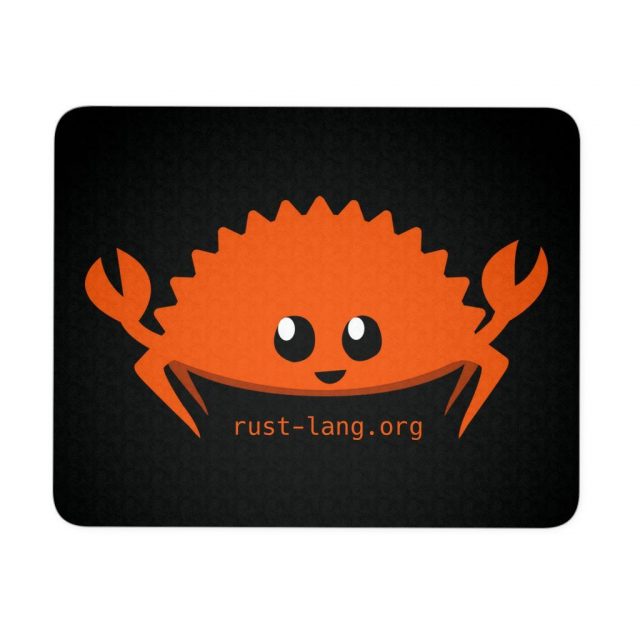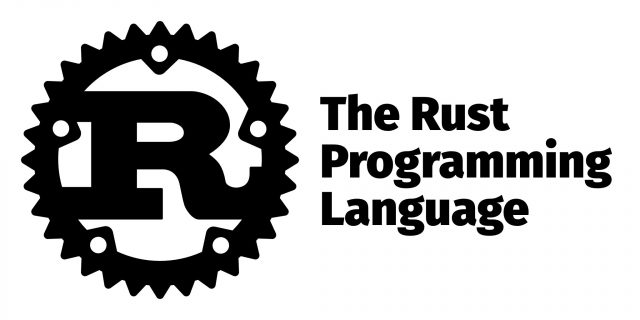Rust总结:基本类型 Primitives
原文:https://rustwiki.org/zh-CN/rust-by-example/primitives.html
标量类型(scalar type)
- 有符号整数(signed integers):i8、i16、i32、i64、i128 和 isize(指针宽度)
- 无符号整数(unsigned integers): u8、u16、u32、u64、u128 和 usize(指针宽度)
- 浮点数(floating point): f32、f64
- char(字符):单个 Unicode 字符,如 ‘a’,’α’ 和 ‘∞’(每个都是 4 字节)
- bool(布尔型):只能是 true 或 false
- 单元类型(unit type):()。其唯一可能的值就是 () 这个空元组
- 尽管单元类型的值是个元组,它却并不被认为是复合类型,因为并不包含多个值。
fn main() {
// 整数相加
println!("1 + 2 = {}", 1u32 + 2);
// 整数相减
println!("1 - 2 = {}", 1i32 - 2);
// 试一试 ^ 尝试将 `1i32` 改为 `1u32`,体会为什么类型声明这么重要
// 短路求值的布尔逻辑
println!("true AND false is {}", true && false);
println!("true OR false is {}", true || false);
println!("NOT true is {}", !true);
// 位运算
println!("0011 AND 0101 is {:04b}", 0b0011u32 & 0b0101);
println!("0011 OR 0101 is {:04b}", 0b0011u32 | 0b0101);
println!("0011 XOR 0101 is {:04b}", 0b0011u32 ^ 0b0101);
println!("1 << 5 is {}", 1u32 << 5);
println!("0x80 >> 2 is 0x{:x}", 0x80u32 >> 2);
// 使用下划线改善数字的可读性!
println!("One million is written as {}", 1_000_000u32);
}
复合类型(compound type)
- 数组(array):如 [1, 2, 3]
- 元组(tuple):如 (1, true)
// 元组可以充当函数的参数和返回值
fn reverse(pair: (i32, bool)) -> (bool, i32) {
// 可以使用 `let` 把一个元组的成员绑定到一些变量
let (integer, boolean) = pair;
(boolean, integer)
}
// 在 “动手试一试” 的练习中要用到下面这个结构体。
#[derive(Debug)]
struct Matrix(f32, f32, f32, f32);
fn main() {
// 包含各种不同类型的元组
let long_tuple = (1u8, 2u16, 3u32, 4u64,
-1i8, -2i16, -3i32, -4i64,
0.1f32, 0.2f64,
'a', true);
// 通过元组的下标来访问具体的值
println!("long tuple first value: {}", long_tuple.0);
println!("long tuple second value: {}", long_tuple.1);
// 元组也可以充当元组的元素
let tuple_of_tuples = ((1u8, 2u16, 2u32), (4u64, -1i8), -2i16);
// 元组可以打印
println!("tuple of tuples: {:?}", tuple_of_tuples);
// 但很长的元组无法打印
// let too_long_tuple = (1, 2, 3, 4, 5, 6, 7, 8, 9, 10, 11, 12, 13);
// println!("too long tuple: {:?}", too_long_tuple);
// 试一试 ^ 取消上面两行的注释,阅读编译器给出的错误信息。
let pair = (1, true);
println!("pair is {:?}", pair);
println!("the reversed pair is {:?}", reverse(pair));
// 创建单元素元组需要一个额外的逗号,这是为了和被括号包含的字面量作区分。
println!("one element tuple: {:?}", (5u32,));
println!("just an integer: {:?}", (5u32));
// 元组可以被解构(deconstruct),从而将值绑定给变量
let tuple = (1, "hello", 4.5, true);
let (a, b, c, d) = tuple;
println!("{:?}, {:?}, {:?}, {:?}", a, b, c, d);
let matrix = Matrix(1.1, 1.2, 2.1, 2.2);
println!("{:?}", matrix)
}
数组和切片
- 数组(array)
- 是一组拥有相同类型 T 的对象的集合
- 内存中是连续存储的
- 数组使用中括号 [] 来创建
- 且它们的大小在编译时会被确定
- 数组的类型标记为 [T; length](译注:T 为元素类型,length 表示数组大小)
- 是一组拥有相同类型 T 的对象的集合
- 切片(slice)
- 类似数组
- 但其大小在编译时是不确定的。
- 切片是一个双字对象(two-word object),第一个字是一个指向数据的指针,第二个字是切片的长度。这个 “字” 的宽度和 usize 相同,由
- 类型标记为 &[T]
// 此函数借用一个 slice
fn analyze_slice(slice: &[i32]) {
println!("first element of the slice: {}", slice[0]);
println!("the slice has {} elements", slice.len());
}
fn main() {
// 定长数组(类型标记是多余的)
let xs: [i32; 5] = [1, 2, 3, 4, 5];
// 所有元素可以初始化成相同的值
let ys: [i32; 500] = [0; 500];
// 下标从 0 开始
println!("first element of the array: {}", xs[0]);
println!("second element of the array: {}", xs[1]);
// `len` 返回数组的大小
println!("array size: {}", xs.len());
// 数组是在栈中分配的
println!("array occupies {} bytes", mem::size_of_val(&xs));
// 数组可以自动被借用成为 slice
println!("borrow the whole array as a slice");
analyze_slice(&xs);
// slice 可以指向数组的一部分
println!("borrow a section of the array as a slice");
analyze_slice(&ys[1 .. 4]);
// 越界的下标会引发致命错误(panic)
// println!("{}", xs[5]);
}


